Ah, spring. That magical moment when the snow boots go back into storage (hopefully for good), the birds crank up their morning playlists, and the sun finally clocks in for more than a few hours a day. It’s the season of fresh starts—and let’s be honest, the best excuse to go full Marie Kondo on your yard.
Whether you're a green-thumbed goddess or someone who once forgot to water a succulent (no judgment, we've all been there), planting perennials is one of the smartest ways to level up your garden game. These plants are the real MVPs of the flower world—low-maintenance, reliable, and they don’t ghost you after one season. Basically, they're the golden retrievers of gardening.
Let’s dig in (pun fully intended) to the best perennials to plant this spring, with plenty of laughs, tips, and garden glow-ups along the way.
Why Perennials Deserve a Standing Ovation
If you’ve ever stood in a garden center holding a tray of annuals while muttering “Why do you cost so much and die so soon?”, you’re not alone.
Annuals are the one-hit wonders of the plant world. They come in hot, look fab for a few months, and then peace out when the weather changes—leaving you to start all over again next year. Meanwhile, perennials? They're in it for the long haul. Plant once, enjoy for years.
They:
-
Save time and money long term
-
Help create structure and flow in your yard
-
Support pollinators like bees and butterflies (because we’re all about that #SaveTheBees life)
-
Offer a rotating show of colors, textures, and scents
Basically, they’re your chill, dependable best friend who always shows up and never needs too much attention. Who doesn’t want that in a plant?
1. Coneflowers (Echinacea)
The Beyoncé of the garden—bold, beautiful, and knows how to command attention
Coneflowers are practically invincible. Deer don’t like them, rabbits ignore them, and even the sunniest, driest yards can’t break their spirit. Plus, they come in all kinds of colors now—from classic purple to fiery orange to bubblegum pink.
Why you'll love them:
-
Drought-tolerant (because who remembers to water every day?)
-
Blooms from summer to fall
-
Butterflies and bees love them
-
Low maintenance and high payoff
Pro tip: Deadhead the flowers after blooming to encourage even more blooms. Or don’t—because even the dried seed heads look cool and feed birds in the winter.
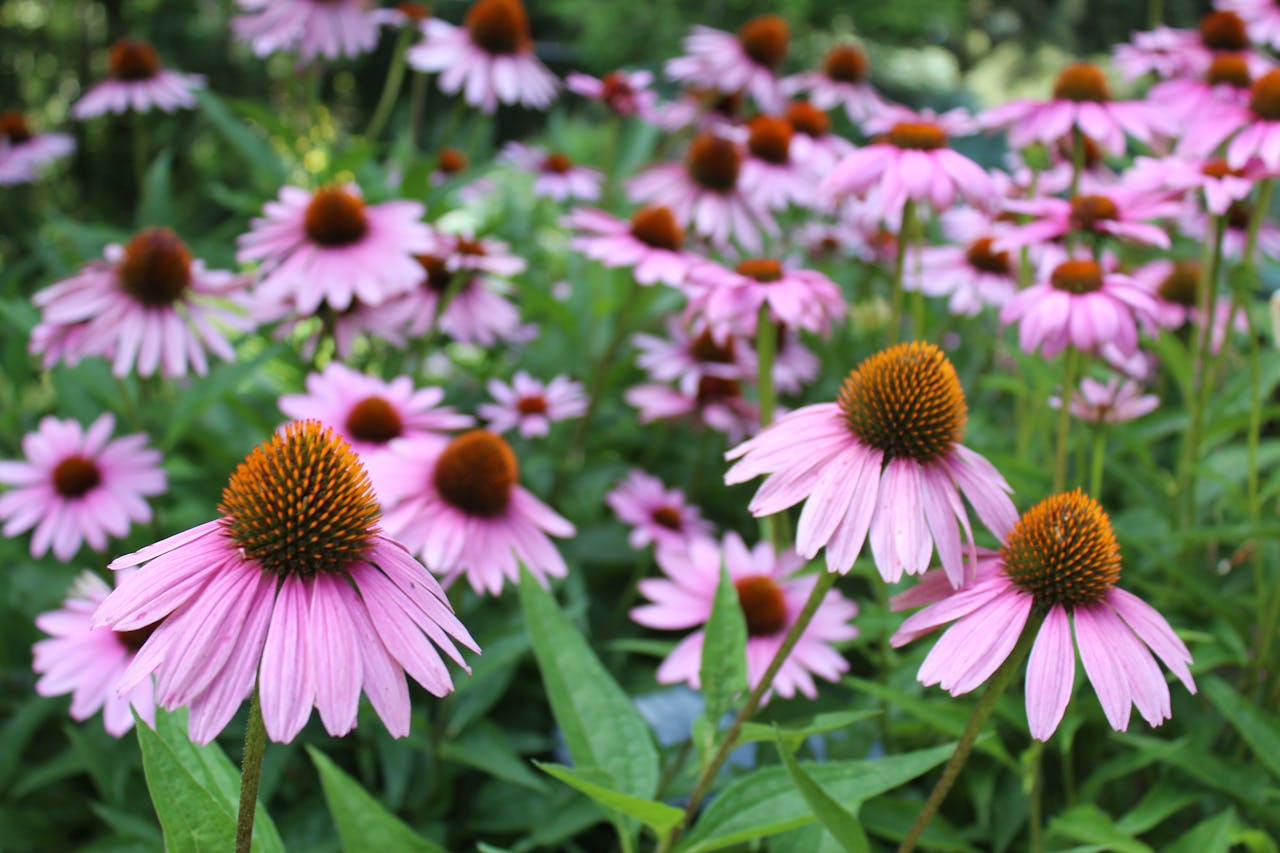
2. Black-Eyed Susans (Rudbeckia)
Like the golden retriever of plants—friendly, sunny, and always happy to see you
If you're looking for that classic “cheerful garden” vibe, black-eyed Susans are it. They bloom with joyful yellow petals and a dark center (hence the name), and they’re about as unfussy as a plant can get.
Perks:
-
Long blooming period (mid-summer to fall)
-
Thrives in full sun
-
Plays well with other flowers
Real talk: These guys can spread a bit, so either give them space or gently rein them in like a toddler with too much sugar.
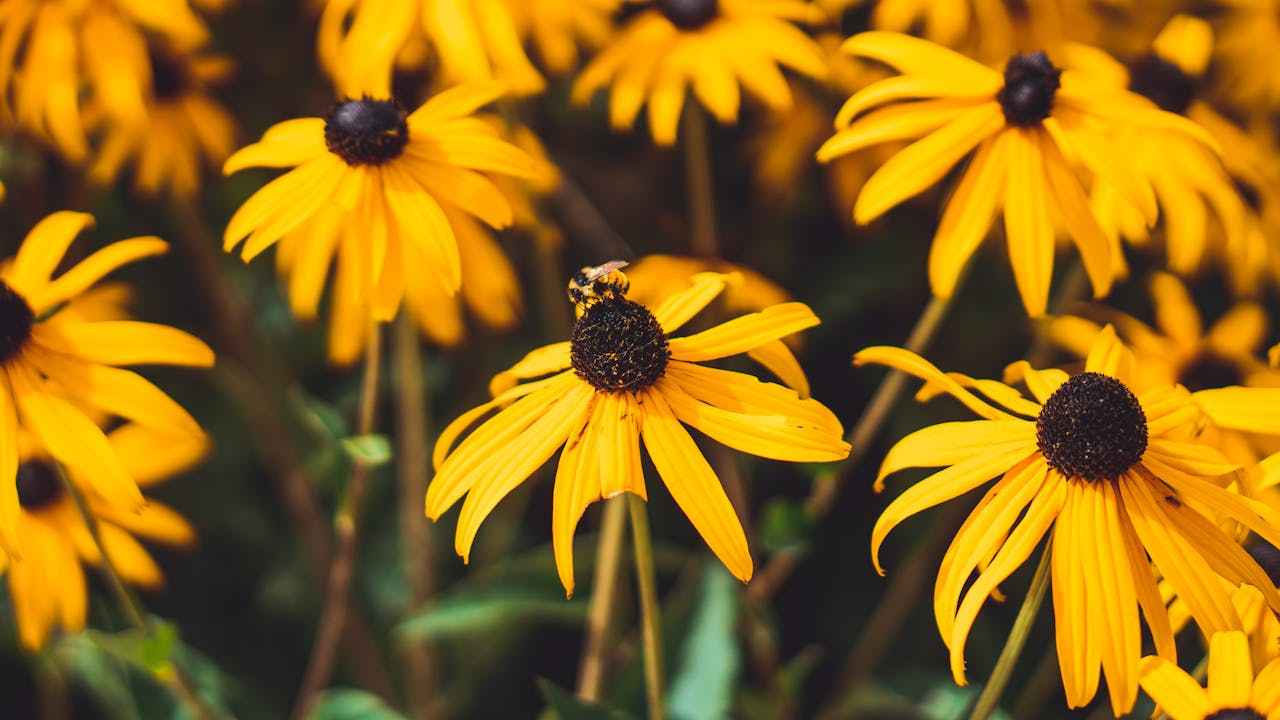
3. Hostas
The introverts of the garden world—thriving in the shade and loving quiet corners
If your garden leans more shady than sunny (or your backyard is basically a treehouse), hostas are your new BFFs. Their lush, layered leaves range from deep green to variegated white and green to even blue tones. Yes—blue. Plants are cool like that.
Why you need them:
-
Perfect for shade or part-shade
-
Gorgeous foliage from spring to frost
-
Nearly indestructible once established
-
Pairs beautifully with ferns and astilbes
Tiny warning: Slugs love hostas like we love a good brunch. A sprinkle of diatomaceous earth or a midnight slug patrol (with a flashlight and your best horror-movie whisper) can help keep things in check.
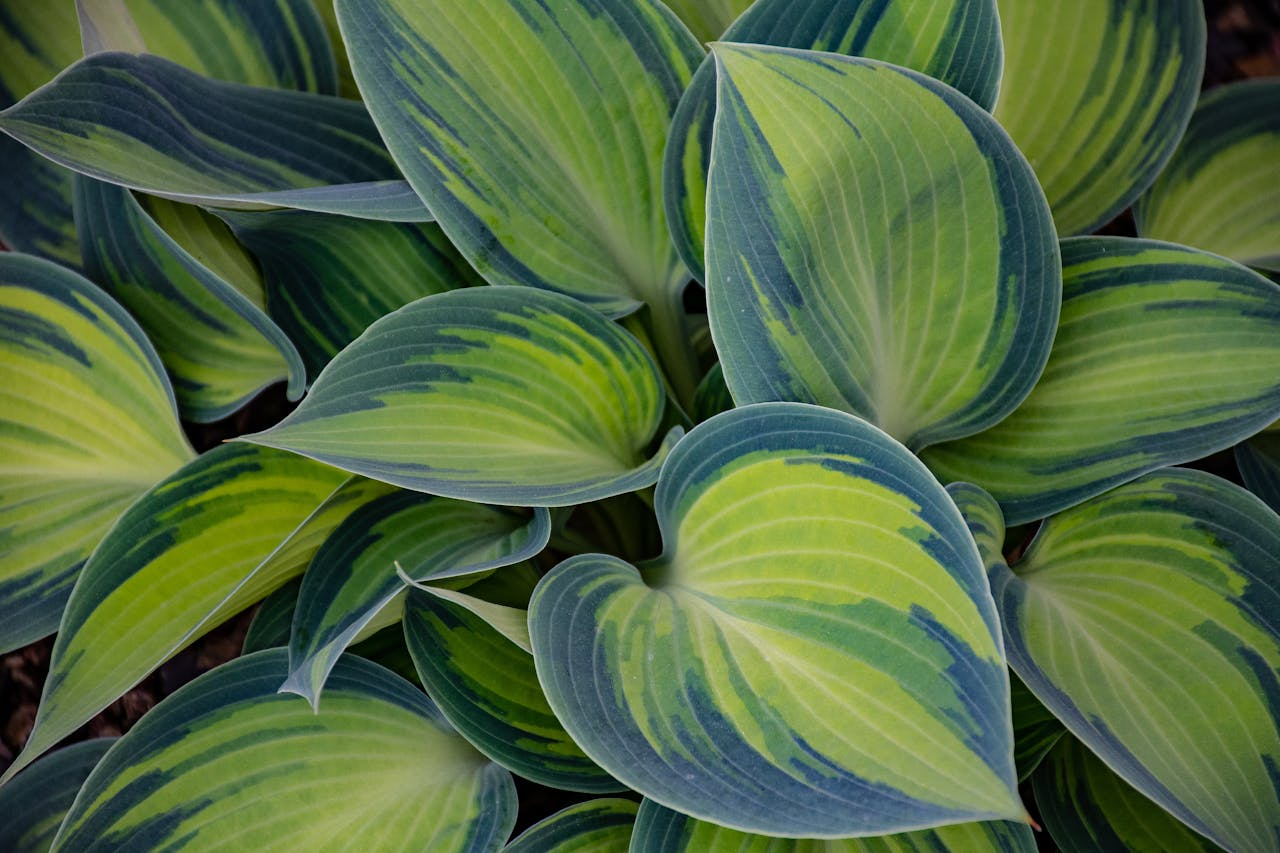
4. Peonies
The garden version of vintage Hollywood glamour
Peonies are all drama in the best way—big, blowsy blooms that practically beg for Instagram photos. And once they’re in the ground and happy, they’ll bloom reliably for decades. That’s not hyperbole. Some peonies outlive the people who planted them.
Why they're worth the hype:
-
Fragrant, lush, and utterly romantic
-
Available in pinks, reds, whites, and yellows
-
Bloom in late spring
-
Excellent for cut flowers (your dining table will thank you)
Hot tip: Peonies need a cold winter to bloom, so they’re perfect for most parts of the U.S. But don’t plant them too deep—just barely cover the “eyes” (the little nubby buds).
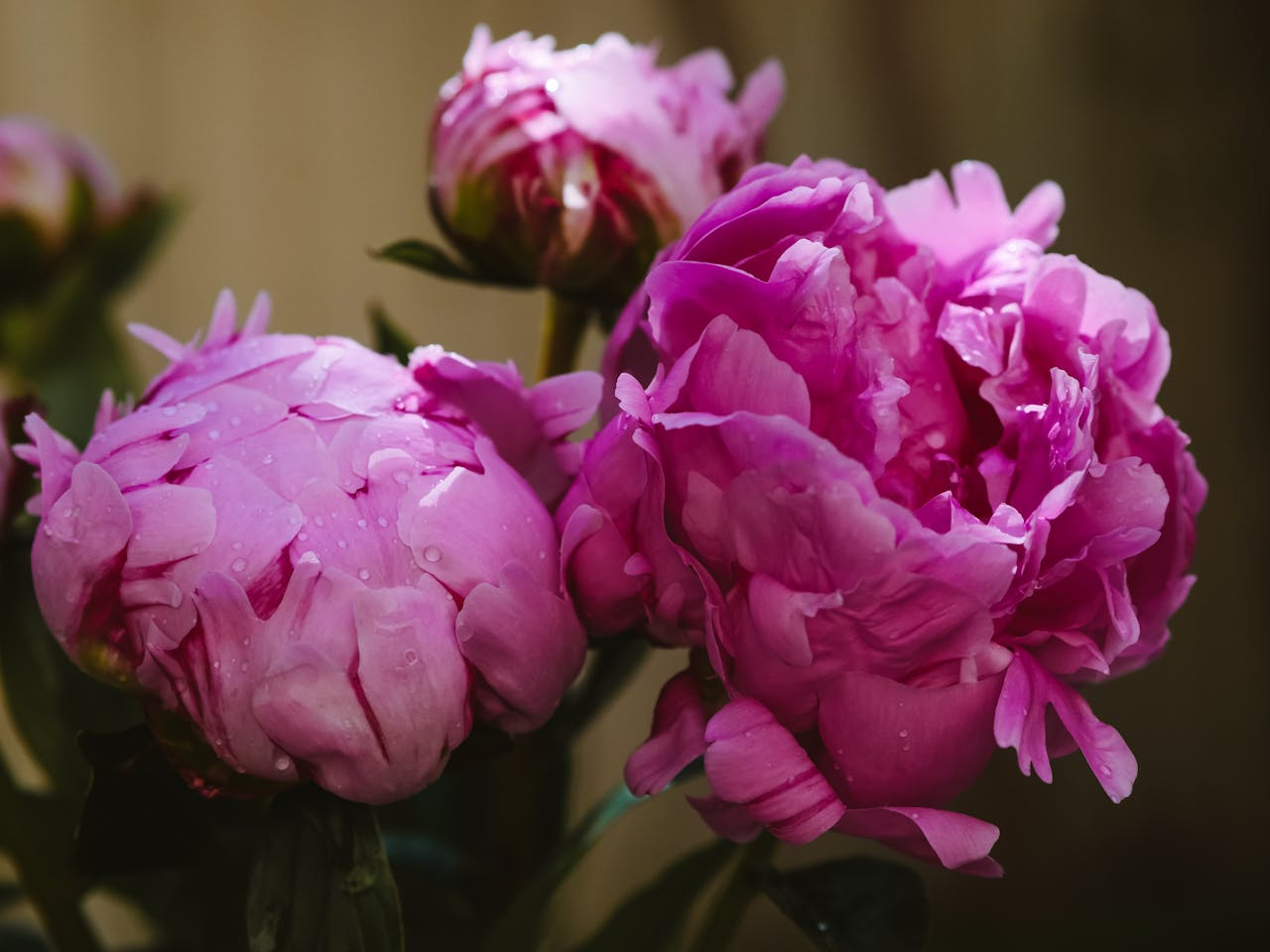
5. Daylilies (Hemerocallis)
The multitasking mom of plants—hardy, colorful, and always showing up
Daylilies are like that friend who brings snacks, knows everyone’s schedule, and still looks great doing it. Each bloom lasts just a day (hence the name), but the plants produce tons of them, so you’ll barely notice.
Reasons to adore them:
-
Bloom in almost every color (except true blue)
-
Tough and adaptable
-
Great for borders, slopes, or awkward spots you don’t know what to do with
-
Easy to divide and share (hello, neighbor brownie points)
Note: Some varieties are more aggressive spreaders—if you’re not into that, choose modern cultivars with better manners.
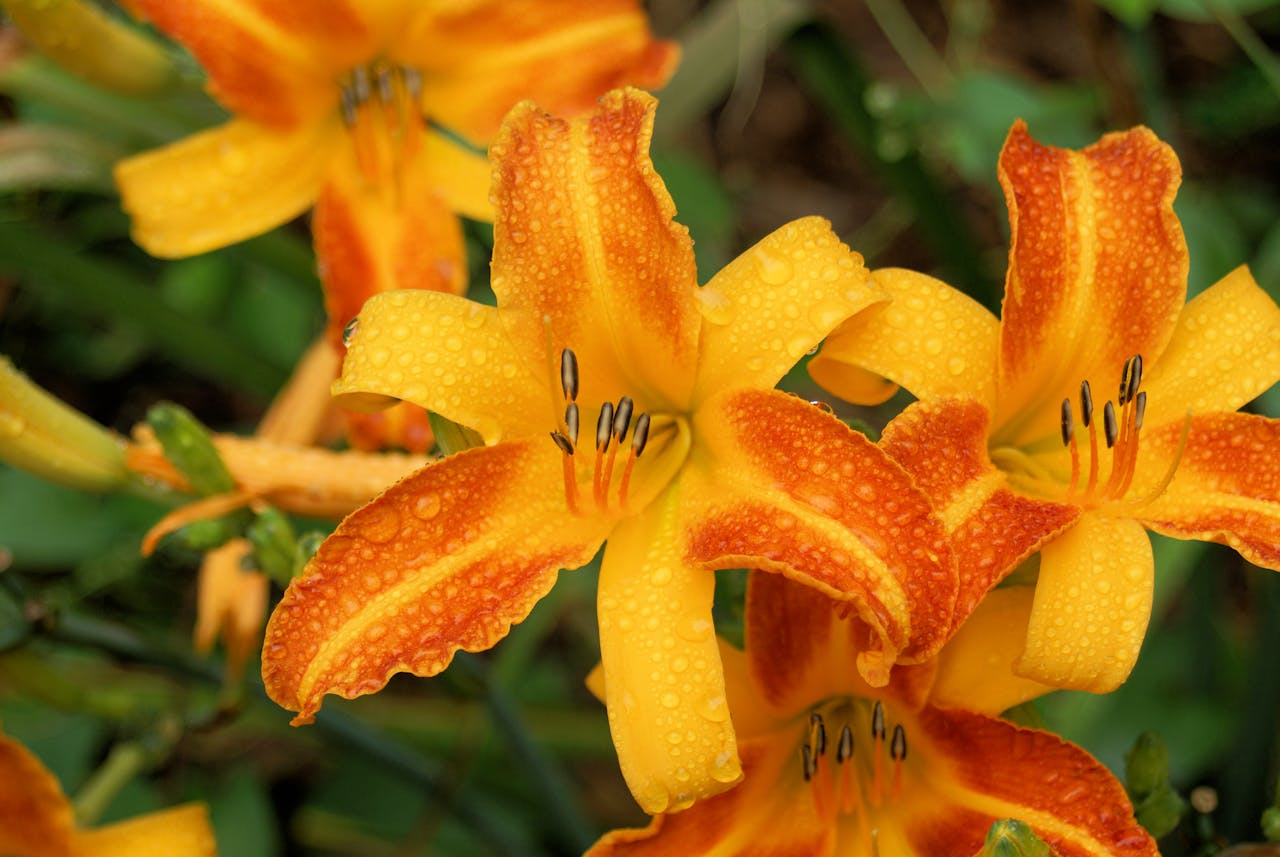
6. Salvia
The cool indie band of the garden—lowkey stylish and a hit with the crowd
Salvia is a pollinator magnet, especially if you want to turn your garden into a butterfly rave. With its spiky blooms in purples, blues, and reds, it adds vertical interest and vibes well with other plants.
Why salvia rocks:
-
Drought-resistant
-
Blooms from late spring to frost
-
Great for containers, too
-
Deer and rabbit-resistant
Garden hack: Cut back after the first round of blooms to encourage a second show. You know, like an encore at a concert. Except with less moshing.
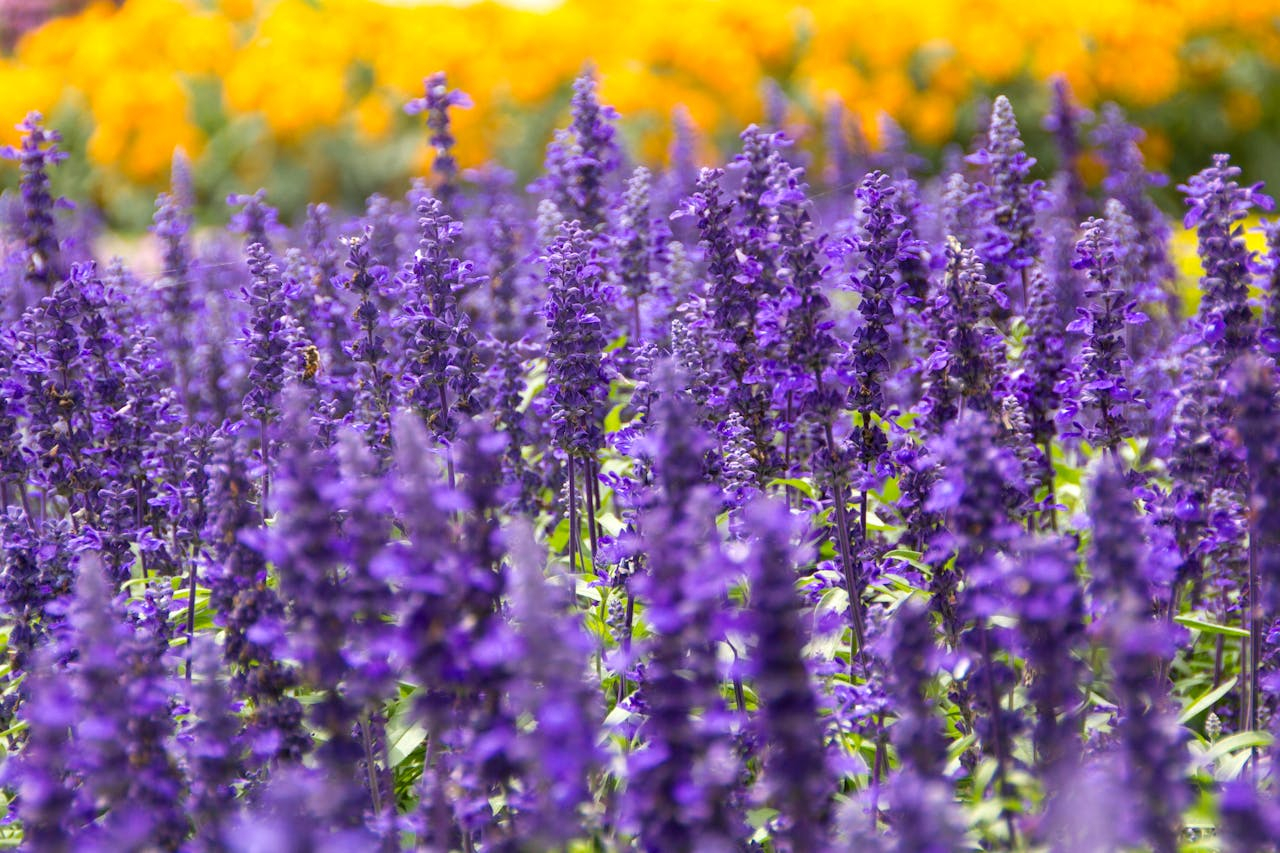
7. Coral Bells (Heuchera)
Think of them as your garden’s highlighter palette—subtle shimmer, bold tones
While their flowers are cute, coral bells are all about the foliage. With colors ranging from lime green to deep burgundy to silver, they bring serious style to shady spots. They're also super tidy and compact—great for smaller gardens or urban patios.
What you'll love:
-
Perfect for part shade to shade
-
Year-round interest in many zones
-
Pairs well with hostas and ferns
-
Tons of color options to mix and match
Pro gardener move: Use them as edging plants or in containers for a polished look with minimal effort.
8. Shasta Daisies
The perpetual optimists—sunny, simple, and always make you smile
These cheerful white-petaled flowers are classic and bright, like garden sunshine with a side of nostalgia. They bloom in the heat of summer and look just as great in a mason jar as they do in a full flower bed.
Why they’re a must-have:
-
Sturdy stems = excellent cut flowers
-
Love full sun
-
Low maintenance
-
Return stronger each year
Reminder: Deadhead (remove spent blooms) to keep the flowers coming and the plant looking fresh, kind of like deleting old texts from your ex.

Planting Tips for the Easily Overwhelmed Gardener
Listen, no one expects you to turn your yard into the Versailles gardens overnight. Start small. Pick two or three perennials from this list that suit your space and vibe. Add a few each year. Suddenly, you’ve got a garden that practically takes care of itself and makes your neighbors suspicious of how you have your life so together.
Here are a few more “you got this” tips:
-
Prep your soil. A little compost goes a long way. Like, the skincare serum of gardening.
-
Mulch like a pro. Keeps weeds down and moisture in. Also makes everything look fancy.
-
Label your plants. You will forget what you planted six months from now. Future-you will thank you.
-
Group in odd numbers. For reasons science can't explain (okay, maybe it's design psychology), odd numbers just look better.

